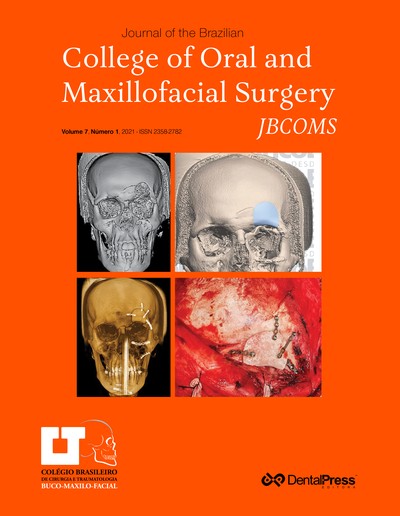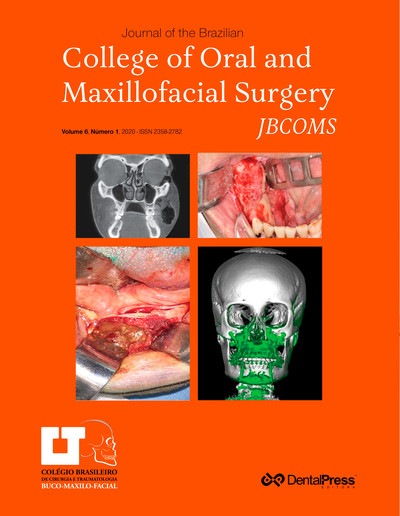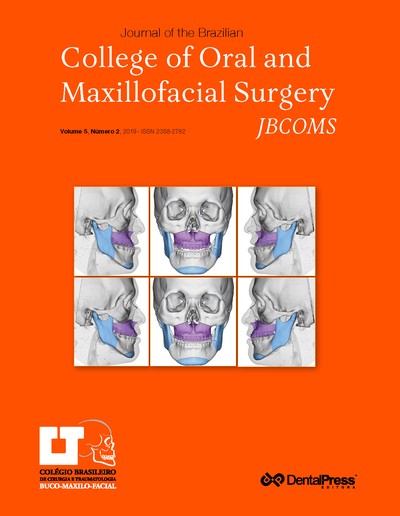
Challenges involved in the reconstruction of large mandibular bone loss
Claudio Ferreira Nóia, Rafael Ortega-Lopes, Henrique Duque De Miranda Chaves Netto, Frederico Felipe A. O. Nascimento, Paulo Hemerson De Moraes, Bruno Costa Martins De Sá
Loss of large amounts of mandibular bone due to the need for bone resection directly affects patients’ quality of life. Factors such as function and facial aesthetics are directly damaged, making it difficult to chew, eat, swallow and breath. Even with continuous improvement of materials, as well as development of new technologies and surgical techniques, reconstruction of large losses remains a major challenge for the surgeon. Thus, the objective of this study was to report three clinical cases of patients undergoing mandibular resection and treated by reconstruction with autogenous bone graft and recombinant human bone morphogenetic protein (rh-BMP-2). Two of the clinical cases presented herein were handled solely by autogenous bone graft (one harvested from the iliac crest and another obtained from the fibula with vascularized form). The third case reported involved autogenous bone association with rh-BMP-2. It can be concluded that bone graft favors patients’ quality of life.
Keywords: Ameloblastoma. Bone graft. Surgery.
How to cite: Nóia CF, Ortega-Lopes R, Chaves Netto HDM, Nascimento FFAO, Moraes PH, Sá BCM. Desafios na reconstrução de grandes perdas ósseas mandibulares. J Braz Coll Oral Maxillofac Surg. 2015 set-dez;1(3):51-9. DOI: http://dx.doi.org/10.14436/2358-2782.1.3.051-059.oar
Wednesday, May 01, 2024 20:57










